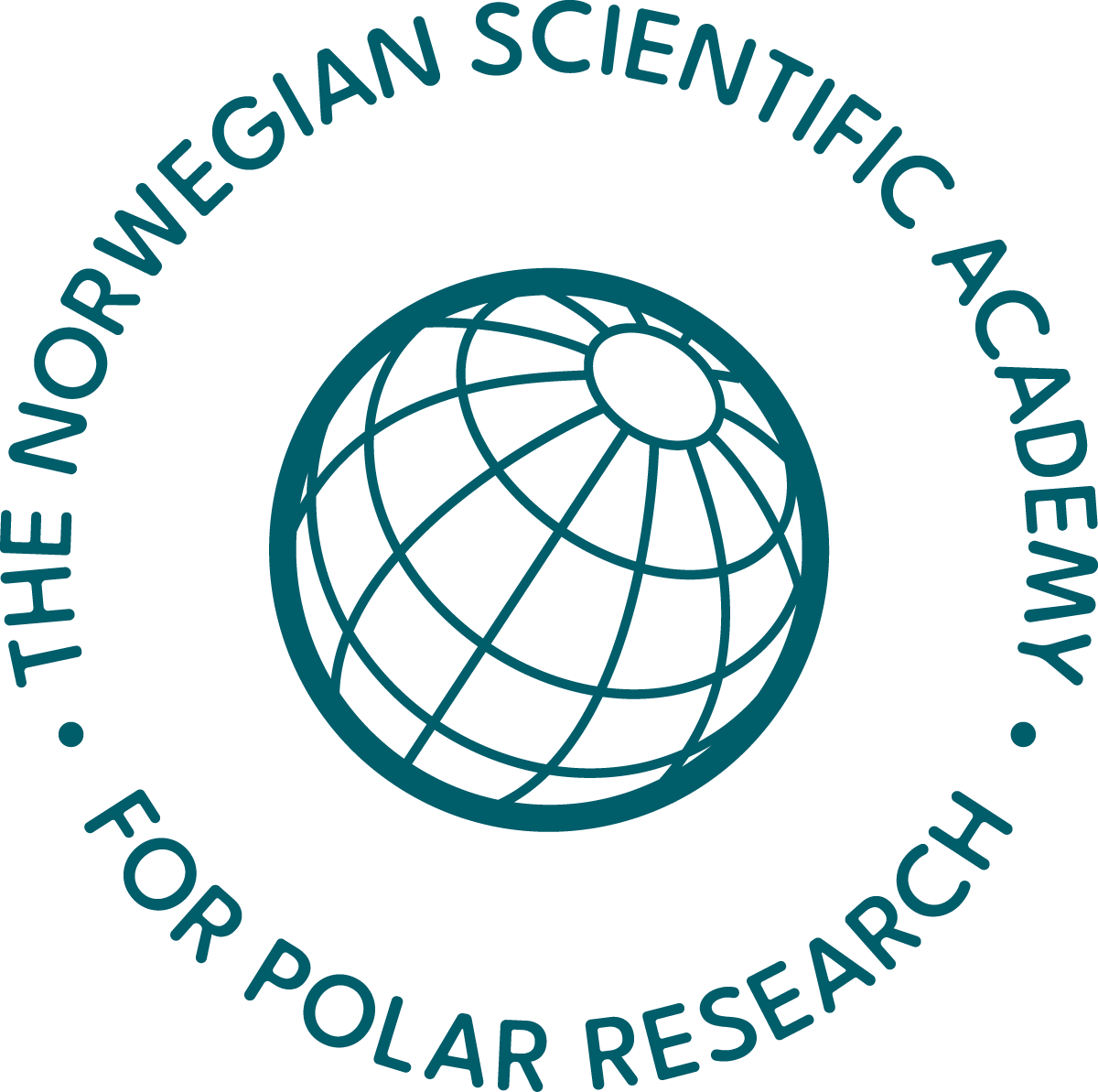Cruising the marginal ice zone: Climate change and Arctic tourism
This article is the final result of the “The Arctic and the marginal ice zone (MIZ): Interdisciplinary research, management, practices and policy developments” summer school, held in Longyearbyen, Svalbard, in August 2017, organized by the Norwegian Scientific Academy for Polar Research (NVP), in cooperation with the University Centre in Svalbard (UNIS), UiT – the Arctic University of Norway, the Nord University, the Norwegian Polar Institute (NPI), Akvaplan-niva, the Nansen Environmental and Remote Sensing Center (NERSC), the Nansen Scientific Society and the Russian Geographical Society (RGS) . It brought together Master and PhD students, as well as postdocs, from all over Europe, Russia and Canada with their respective expertise. With contents and discussions in a wide range of disciplines, the summer school was a multi- and cross-disciplinary thematic approach to meet challenges and opportunities related to governance of the Arctic Ocean’s marginal ice zone. This interdisciplinary approach brought together academics from distinct backgrounds to publish this article in the Polar Geography journal, combining tourism studies, oceanography, biology, ICT and governance. The conjugation of multiple academic disciplines is becoming imperative in understanding the future of the Arctic environment and its associated industries under the impact of climate change. More so, it presents the ideal opportunity to open dialogue between science, policy and industry, to encourage the sustainable development of this unique and changing region.
The article explores links between the MIZ, climate change and the cruise tourism industry. The consequences of climate change are particularly evident in the Arctic. In recent years, we have witnessed significant changes and reductions in Arctic sea ice distribution and volume. Seized as an opportunity, plans are being made for expansion of economic activities such as shipping, fisheries, oil and gas extraction, deep-sea mining and of course tourism. The effects of climate change are leading to pronounced physical and ecological changes in the Arctic MIZ. These are not only of concern for the research community but also for the tourism industry dependent on this unique marine ecosystem. Tourists increasingly become aware that the Arctic as we know it today may disappear due to several environmental threats, and want to visit the region before it becomes irrevocably changed. However, ‘last-chance tourism’ in this region faces several challenges. The lack of infrastructure and appropriate search and rescue policies are examples of existing issues in such a remote location. Additionally, tourism itself may further amplify the physical and ecological changes in the Arctic region.
Cruise tourism in the MIZ, is highly dependent on its unique environment, with the development of nature-based activities, such as wildlife safaris and natural sightseeing tours. In other words, the tourism industry is highly susceptible to the current effects of climate change in the Arctic, and the changes this is causing in the MIZ. The article explores the physical and biological parameters of the MIZ, how climate change is affecting them and how it impacts the cruise tourism industry. As a result, cruise liners will have to venture deeper in the MIZ and into potentially more remote locations, leading to safety and navigational concerns. In addition to this and the impacts on climate change, this study also acknowledges the lack of international measures for providing cross-sector marine protected areas and think beyond a single commercial activity or industry, protecting the Arctic and achieving a long term solution.
The full article can be read on-line here.
David Palma.
Alix Varnajot.


